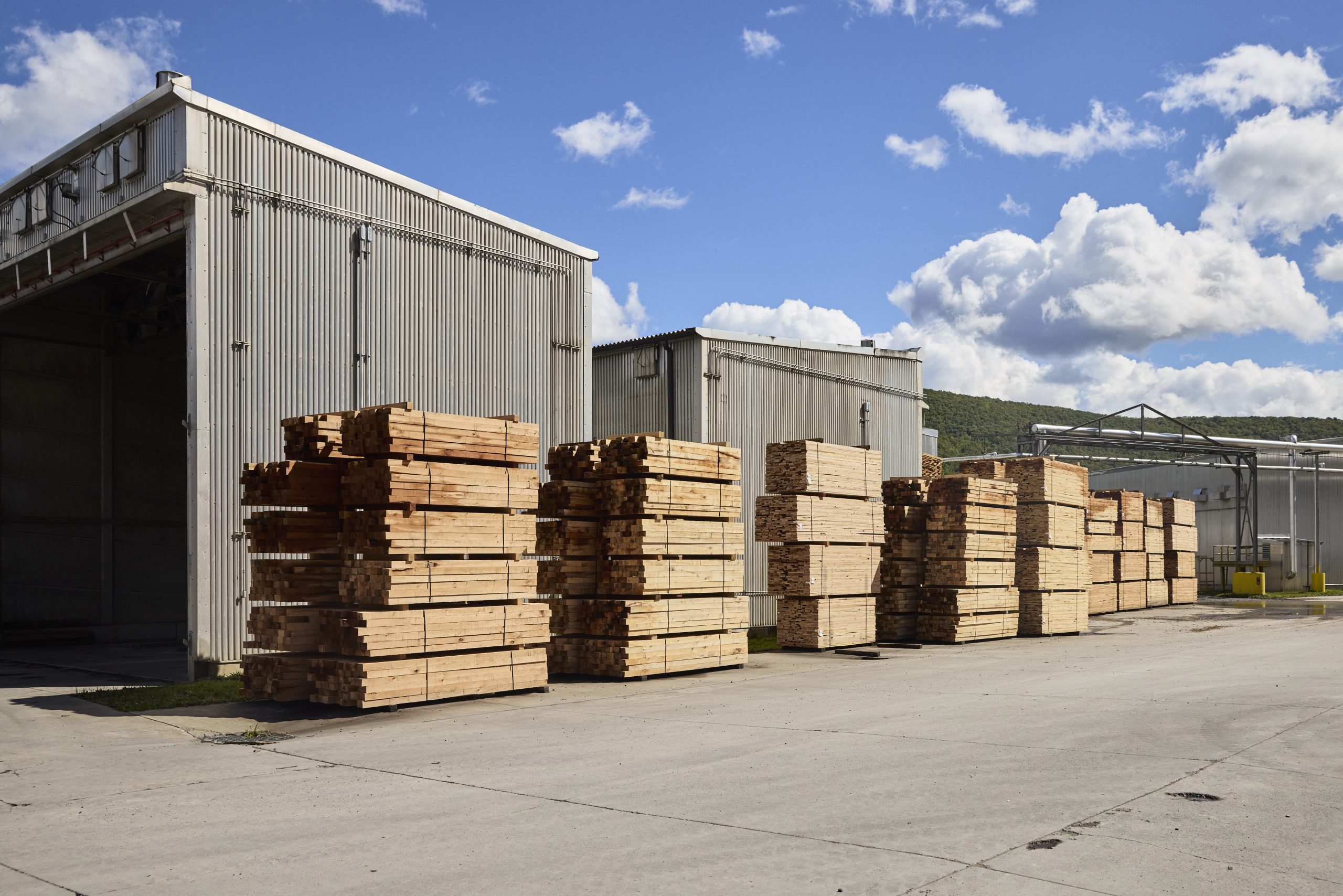Saudi Arabia has a growing wood consumption, primarily driven by its expanding construction industry and the development of large-scale projects like NEOM and the Red Sea Project. The country’s wood market is projected to reach USD 4.1 billion by 2029, according to Data Bridge Market Research. Saudi Arabia imports a significant amount of wood, and this demand is being driven by the several factors including the construction boom, the government’s ambitious Vision 2030 plan, giga projects, furniture and interior design market, and a slow shift towards timber construction.
Testament to the importance of this market, Riyadh will play host to the Saudi Wood Expo (September 1 – 3, 2025) and the Saudi WoodShow (September 7 – 9, 2025). Showcasing the full spectrum of industry expertise and innovation, both shows offer a platform to access the growth opportunity in this thriving industry and help drive vital business and leads. Ahead of the two shows, we talk to key industry experts – Roderick Wiles, Regional Director, American Hardwood Export Council (AHEC) and Sarah Block – Consultant, American Softwoods – to get their views on the Saudi market.
What is the potential for timber in Saudi Arabia? Where would you like to see more usage of timber in the Kingdom?
RW: KSA is a large consuming market, and we believe that American hardwoods have a strong role to play in interior finishes, furniture and joinery throughout the rapidly-expanding residential and commercial real estate sector in medium- and high-end projects. I would like to see more wood joinery, flooring and furniture being made and consumed in Saudi Arabia.
SB: Vision 2030 is driving unprecedented construction. Using timber in construction offers a low carbon solution, quicker installation and an improved design aesthetic, all of which make timber use ideal across many sectors. The hospitality, education and public sector buildings are an obvious win, as well as modular housing for giga-projects like NEOM and the Red Sea.
Why has timber not been traditionally been as widely used or specified in Saudi Arabia?
RW: Like everywhere in the Gulf, not enough timber is used in Saudi Arabia, and it is often overlooked as technically challenging, high maintenance or ‘not modern enough’. This means that aluminum, steel, plastics and wood-plastic composites are specified in the place of wood. This stems from a lack of knowledge amongst the specifiers, manufacturers and builders, who have little to no understanding of timber as a material and what it can be used for.
SB: There are a number of historical barriers to use. The perception that timber is less durable than concrete or steel in an arid climate as well as legacy fire-code restrictions and limited local testing data. Higher upfront costs due to reliance on imports and a fragmented supply chain are also a deterrent. Lastly, fewer case studies, so designers default to materials they know.
What more needs to be done to encourage and facilitate the use of timber in Saudi Arabia?
RW: Education would be a first, whether it is at university level or in terms of continuing professional development for practicing architects, interior designers and manufacturers. The culture of wood needs to be fostered in Saudi Arabia and some of the key messages relating to wood need to be communicated and accepted. These include the environmental benefits, such as sustainable supply, low embodied energy, minimum wastage and minimum pollution, as well as all the other benefits, such as aesthetics, thermal performance and the fact that any space made of wood or featuring a significant amount of wood is just a better place to be.
SB: Updating the Saudi Building Code to include mass-timber provisions and performance-based fire design; pilot projects that showcase durability and thermal performance in harsh climates; training for engineers, quantity surveyors and contractors on U.S. grading, treatment and connection systems; and carbon-accounting incentives that reward low-embodied-carbon materials.
Which species do you think offers the most potential in Saudi Arabia? Why?
RW: American red oak has long been popular in the Kingdom, and it remains a very important species for its performance, specifications and aesthetics, as well as its reliable and consistent quality and availability. This is unlikely to change in the near future, although American cherry, walnut and white oak also have their place in the market.
SB: Southern Yellow Pine (SYP) stands out: it is abundant, competitively priced, structurally strong, and accepts both pressure and thermal treatment, which addresses durability concerns. Douglas-fir and Western Red Cedar also offer compelling structural and aesthetic qualities for exposed applications.
With the upcoming World Cup and other mega projects like NEOM in the pipeline, what lessons can architects and specifiers take from the use of timber in other markets?
RW: I believe that anyone designing for these big events or for these mega and giga projects should be looking at all the amazing advances in mass timber technology in North America, Europe, Australia and Japan. Some might say that this is the wrong thing to do and that projects in Saudi Arabia should be made using locally-sourced materials in order to avoid transport costs and emissions. However, transport is barely a factor when shipping wood around the world and, in terms of American hardwood lumber, it arrives carbon negative in any port in the world.
The environmental benefits of building with wood, as well as speed of construction, lighter weight buildings and less reliance on heavy polluting materials such as concrete and steel should be considered for every part of the world, whether there are forests nearby or not. Saudi Arabia has an opportunity to showcase itself as an early-adopter of mass timber technology in the Middle East.
SB: Saudi Arabia should look at prefabrication and digital modelling to cut onsite time and reduce waste as was the case with the Japan Expo pavilions. Robust fire-testing data (U.S. CLT Handbook) to satisfy authorities having jurisdiction. Overall, showcasing lifecycle-carbon savings alongside occupant-wellbeing benefits will help win client buy-in over the long term.

